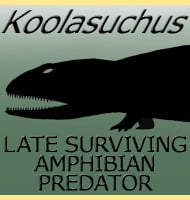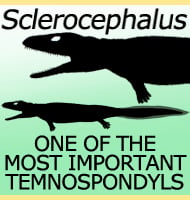Koolasuchus
In Depth Koolasuchus is a good example of a late surviving temnospondyl. Most of the other members of this group had been long extinct by the time of the Aptian, but Koolasuchus had managed to hang on in the cooler climate of what would become Australia. However when the climate warmed, crocodiles that were becoming … Read more

